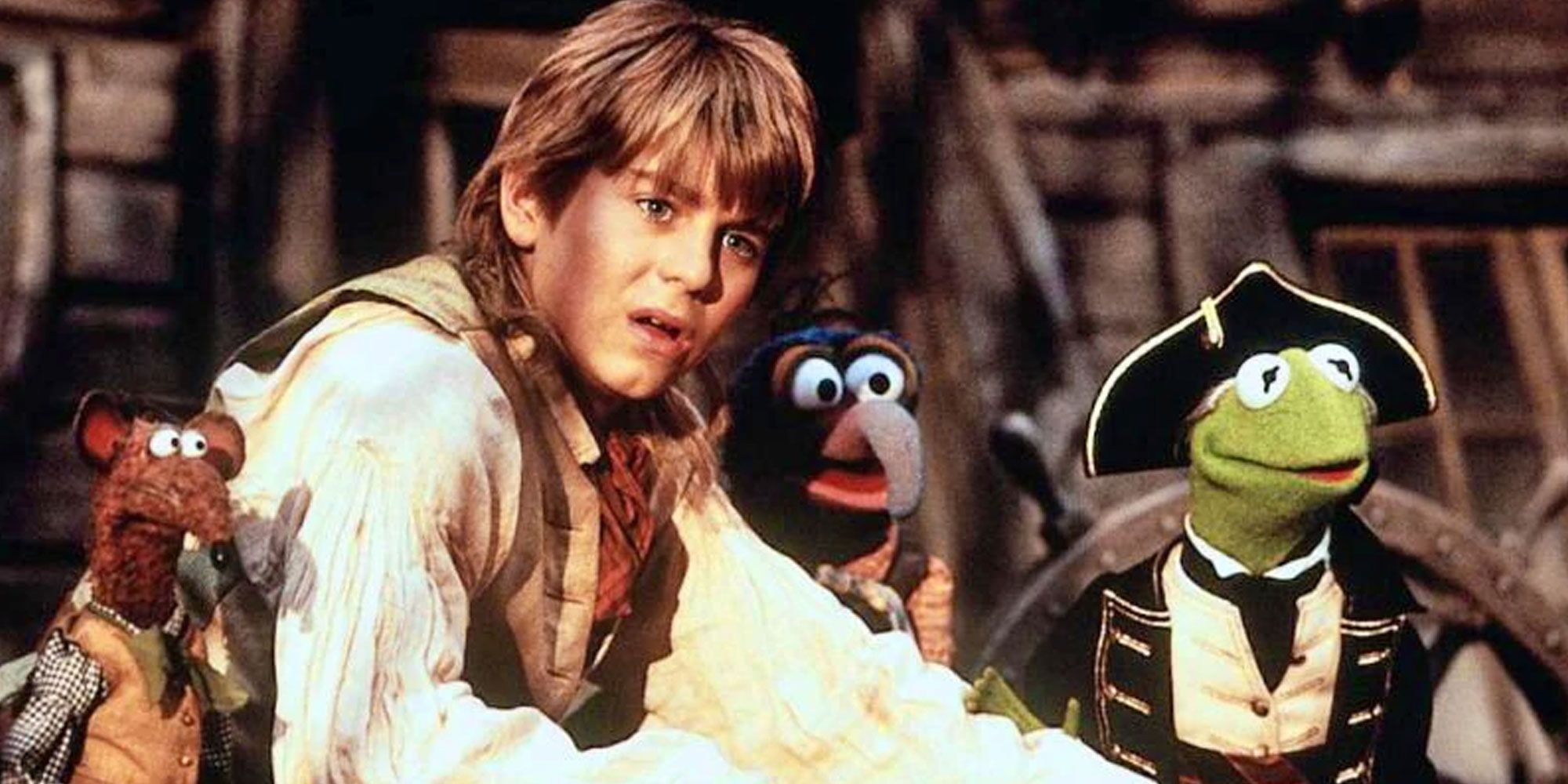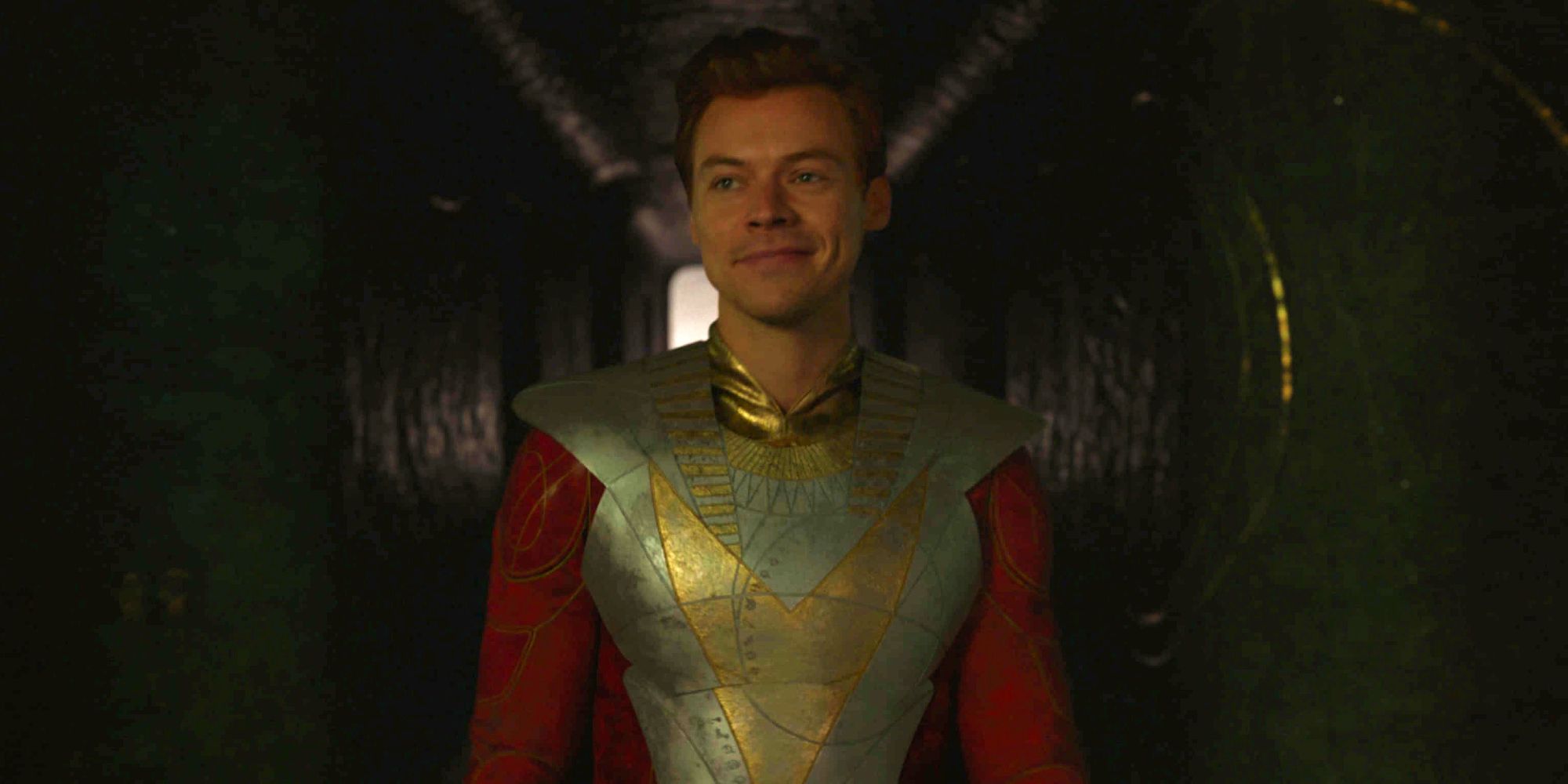Once a fun surprise for viewers who stayed for the scrawl, post-credits scenes are now an unspoken requirement — and that’s hurting movies at large.

The post-credits scene trend is actively hurting movies, especially as the unspoken after-scrawl requirement expands to non-superhero fare. What started out as a fun surprise for viewers who sat through the credits has become something of a burden. In recent years, plenty of Marvel Cinematic Universe after-credits teases haven’t even paid off. Even so, audiences linger in anticipation. Although the MCU and other superhero films have trained viewers to stay in their seats, the trend has spread to other types of films that don’t have any reason to follow the comic-inspired “To be continued…” hook. Now, audiences are wondering if everything from Barbie to Gran Turismo has a post-credits scene.
Undoubtedly, the trend to include after-credits sequences feeds into Hollywood’s efforts to transform every semi-popular movie into its own franchise. Established IP comes with built-in fans, which equates to less big-budget risks. The latest installment in a franchise can make going to the cinema an event, which, in the age of at-home streaming, is rare. However, this approach impacts the quality of films being made. Not everything needs a sequel; a film shouldn’t be green-lit for its franchise-spawning potential. While post-credits scenes aren’t to blame for the industry’s overt commodification of nostalgia and viewers’ interests, their increased usage is certainly a symptom of this misguided approach to movie-making.
Why Movies Started Having After Credits Scenes

It’s easy to think the MCU launched the post-credits scene trend with 2008’s Iron Man, a film that ends with Nick Fury visiting Tony Stark to tell him about the Avengers initiative. A nod to Marvel Studios’ plans for its cinematic universe, the Iron Man post-credits scene set an expectation: just because the credits roll, that doesn’t mean the film is over. However, Iron Man isn’t the first Marvel movie to hop on the trend — that honor goes to 2003’s Daredevil, which sets up supervillain Bullseye’s return. Even 2006’s X-Men: The Last Stand wastes a ridiculous ending for Xavier, who didn’t return until 2014’s X-Men: Days of Future Past.
While after-credits teases feel like a natural fit comic book adaptations, they didn’t start in a Marvel or DC film. In fact, Some of the best non-Marvel movie post-credits scenes aren’t even in superhero flicks but comedy movies. The Silencers, a Dean Martin-led flick that hit theaters in 1966, is the first movie to incorporate a post-credits scene. However, the James Bond send-up didn’t really start a full-fledged trend.
Over a decade later, The Muppet Movie delivered a memorable post-credits scene that featured Animal shouting “go home” at viewers. The 1979 film kicked off a comedy movie trend, leading to post-credits sequences in hits like 1980’s Airplane!; 1987’s Planes, Trains, and Automobiles; the now-cult classic Masters of the Universe (1987); and 1996’s Muppet Treasure Island.
Post-Credits Scenes Point To A Larger Issue In Hollywood

Although the MCU isn’t responsible for the concept of post-credits scenes, it certainly added more narrative weight to the idea. The scenes aren’t just one last joke or a sequel tease. Instead, Marvel’s after-credits moments fold in actual plot points and introduce new characters. As of late, plenty of those teases haven’t paid off: Harry Styles’ Eros, Brett Goldstein’s Hercules, and Kit Harington’s Black Knight have yet to factor into any MCU movies or TV shows despite showing up in after-credits teases.
Nothing can be standalone, as proven by the DC Universe’s Blue Beetle post-credits scene, which points toward the new canon’s direction. But the need to shoehorn in big post-credits reveals isn’t just doing more harm than good in the world of superhero films. Cinematic universes are the happening trend — a way to monetize audiences’ goodwill and ensure folks not only head to theaters but feel the need to catch up on other movies they might’ve missed. In creating larger, overarching stories that are filled with Easter Eggs and winks, studios seemingly enhance the movie-going experience.
However, post-credits scenes aren’t just a means of entertaining viewers. They also market sequels and spinoffs. It’s symptomatic of a larger issue in Hollywood: not everything needs to be turned into a franchise, rebooted, or revisited. Post-credits scenes play into that expectation. It feels less about a filmmaker setting up an exciting narrative and more about advertising something to a captive audience — a brief coda to pre-movie trailers. In that sense, post-credits scenes have overstayed their welcome.



